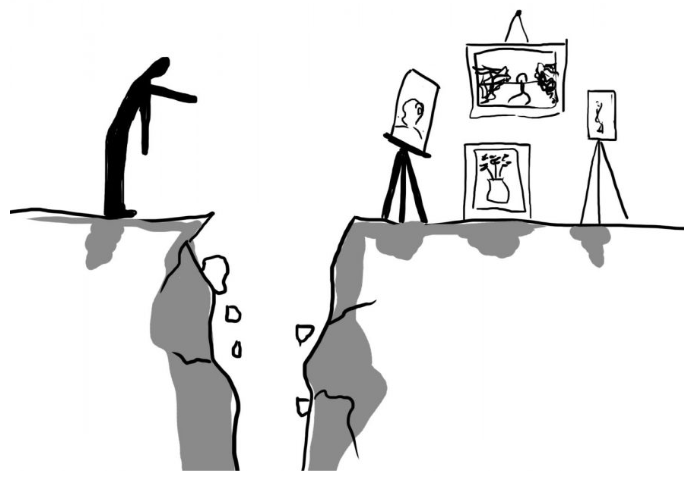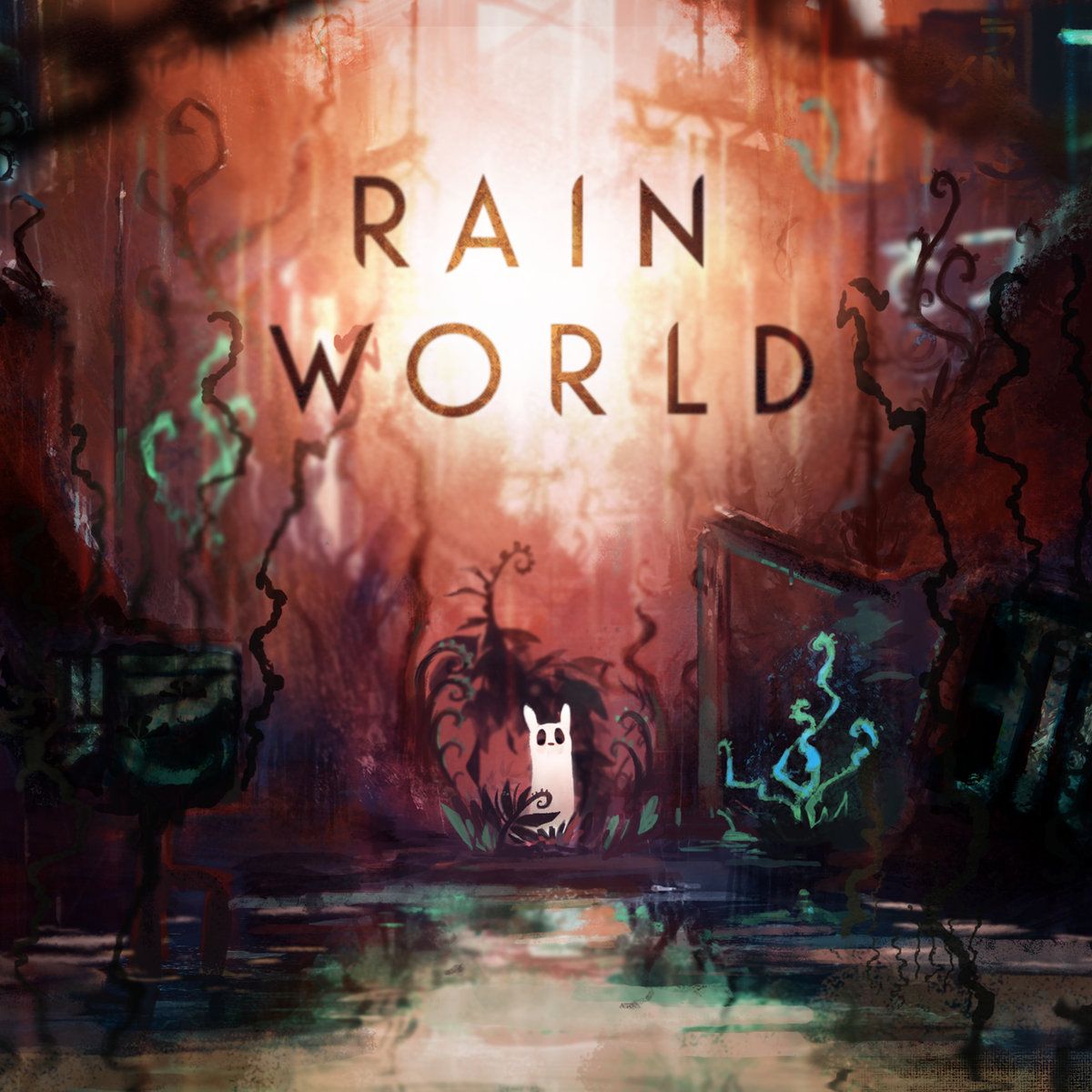By Hermione Silver, Year 11
I am probably not making a bold assumption when I say we have all known and enjoyed artists who have at some point come out and done something problematic, or in more ambiguous cases have had allegations made against them. This begs the question of whether we can truly separate the art from the artist, appreciating the art for what it is, independently of the actions or beliefs of the creator. This question cannot have a straight answer, despite some people telling us that it is okay or immoral, however, what we can do is delve into its financial, moral and artistic implications to build a better understanding of the issue.
The moral dimension of separating the art from the artist is complex and multifaceted, as it depends on the artist in question. To give some numbers on various branches of art, on Spotify artists are paid between $0.003 and $0.005 per stream, authors tend to receive 5-20% of royalties, and for jobs in the visual arts and acting it is hard to generalise how much artists are paid for their works. If we were to talk about musicians, we can use the notable example of Kanye West. Kanye made many anti-semitic remarks in 2022, but arguably the worst of which was when he said in an interview with Alex Jones: “Every human being has something of value that they brought to the table, especially Hitler.” Despite these anti-semitic remarks, Kanye has not been left without a platform to stand on and in June 2024, he will be going on a worldwide tour after having gone on record and apologising, very insincerely, if I might add. This begs the question of whether he should be allowed to make millions from music platforms and now from his tour. One can tell oneself that by listening to his music or going to his concerts, they are only giving him measly cents and dollars. However, this argument falls short morally in the lack of personal accountability taken. In short, financially, you generally cannot separate the art from the artist as you will be contributing to their profit, albeit in minuscule amounts.
The moral aspect of this debate is also deeply intertwined with questions of accountability, ethics, and social responsibility. Is it moral to appreciate an artist’s work without endorsing or condoning the creator’s behaviour? Supporters of the separation of art from the artist would argue that it is not wrong, however critics argue that in doing so, the artist’s actions are ignored or downplayed in favour of aesthetic enjoyment. To illustrate this we can take two examples, the less extreme being Pablo Picasso and the more extreme being Adolf Hitler. If you were to hang up paintings of both, they would get different reactions: people would likely not think twice about Picasso’s painting, or about his history of abusing young women, however, hanging up one of Hitler’s paintings makes you out to be a supporter of his beliefs. Both paintings are in a way an endorsement of their creator, so why should it only be immoral in the case of Hitler? Yes, he was objectively a much worse person and the fact that he is not known for his art, but instead for his crimes should come into play, but through this example, we can ask ourselves where we draw the line. At what point does it go from an appreciation of the art to an appreciation of the artists themselves?
From an artistic perspective, the question of separating art from the artist touches upon issues of interpretation and context. Being an artist is a deeply intimate experience, and artists often draw from their own stories and personas to create their art. In a way, by decontextualising their art you leave it devoid of meaning, an arrangement of various sounds in a particular order or a splatter of paint on a canvas. Technically, the art has been separated from the artist, but it’s now redundant if you consider art as a form of self-expression. However, this is all hypothetical because how can we decontextualise an artist’s work? For example, if you listen to The Smiths’ unsettling lyrics in “Girlfriend in a Coma” that hint at a boyfriend rejoicing as his girlfriend is in hospital, can you ignore the fact that their lead singer Morrissey defended the sexual abuse claims made by women against Kevin Spacey and Harvey Weinstein? There are however some cases, and admittedly most cases, where there is no clear link between the artist and their art, and I believe it is at that point where you can appreciate an artist’s art for what it is, and not who the artist is. The point remains that there is no definitive separation that can be made without assuming that there is no correlation.
In conclusion, the question of whether we can separate the art from the artist is a complex and contentious issue with implications that extend across financial, moral and artistic domains. Navigating the topic requires careful consideration on behalf of us, the consumers, and at the end of the day, each person might inevitably have a different view on it to the next. That is why it is important to ask ourselves who and what we choose to endorse and at what level.



